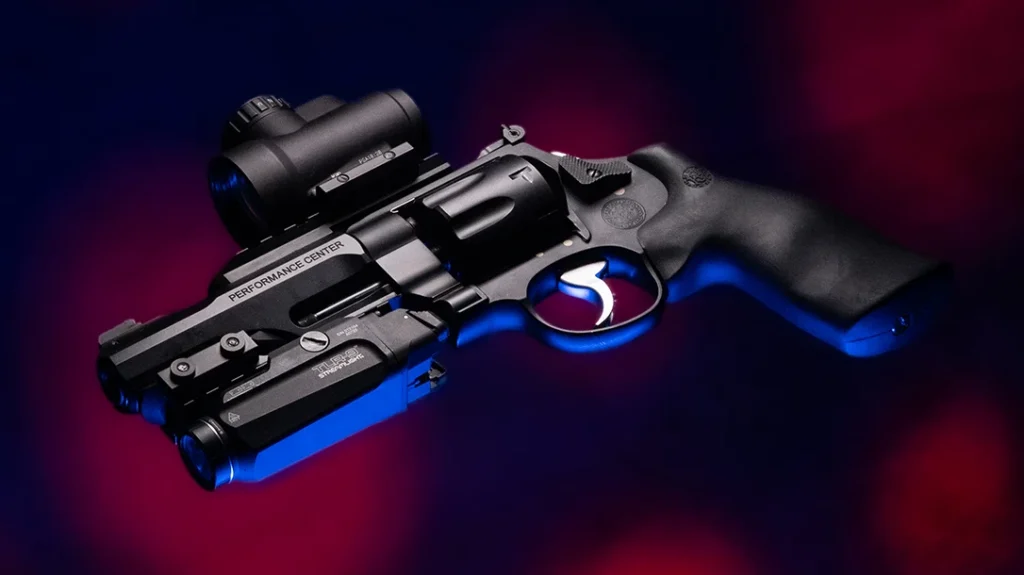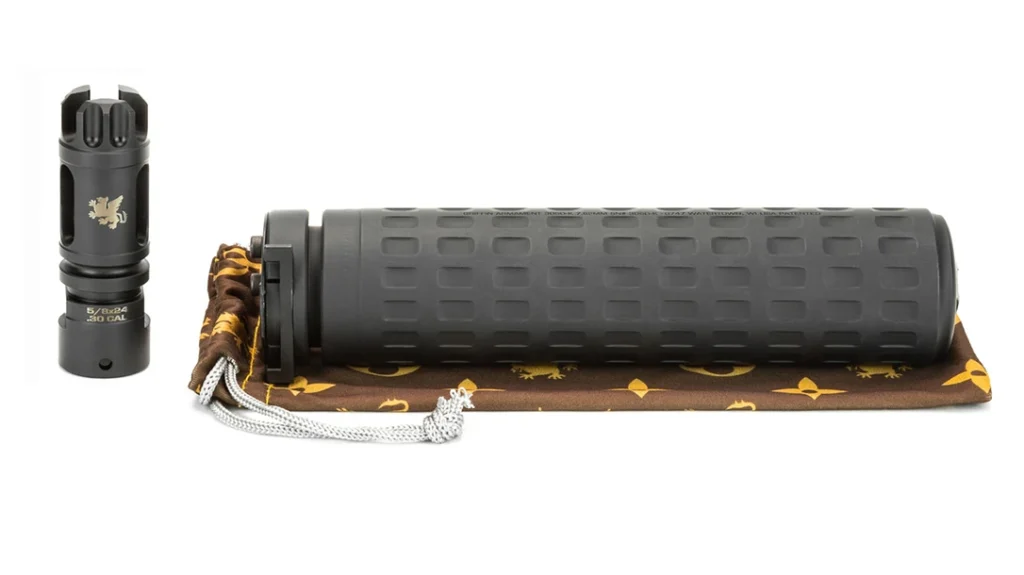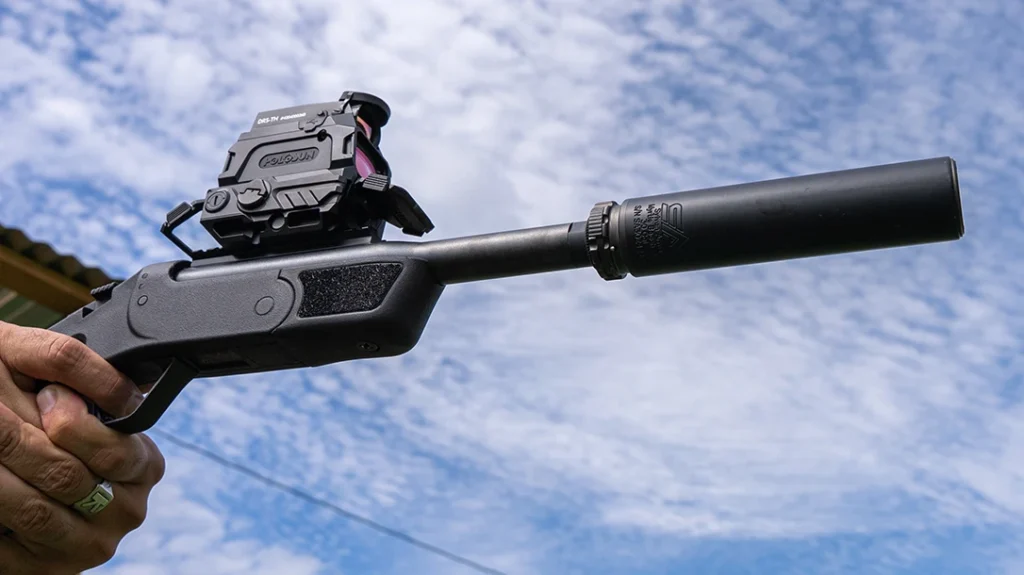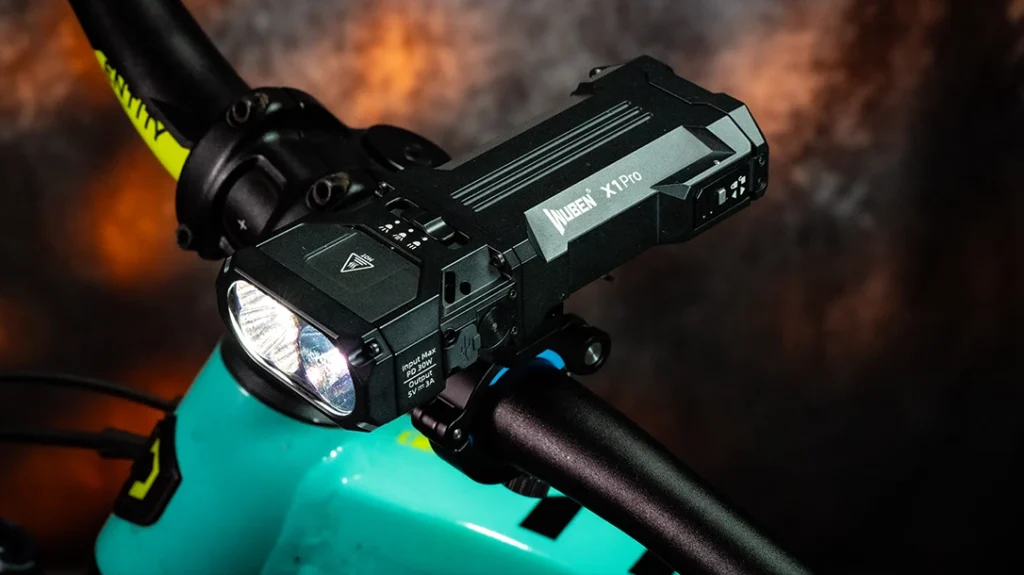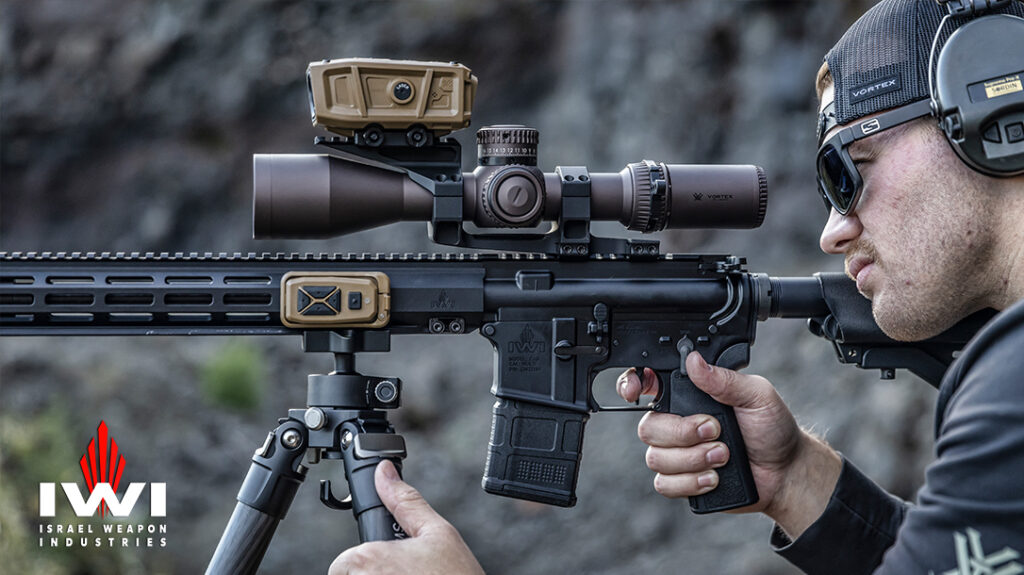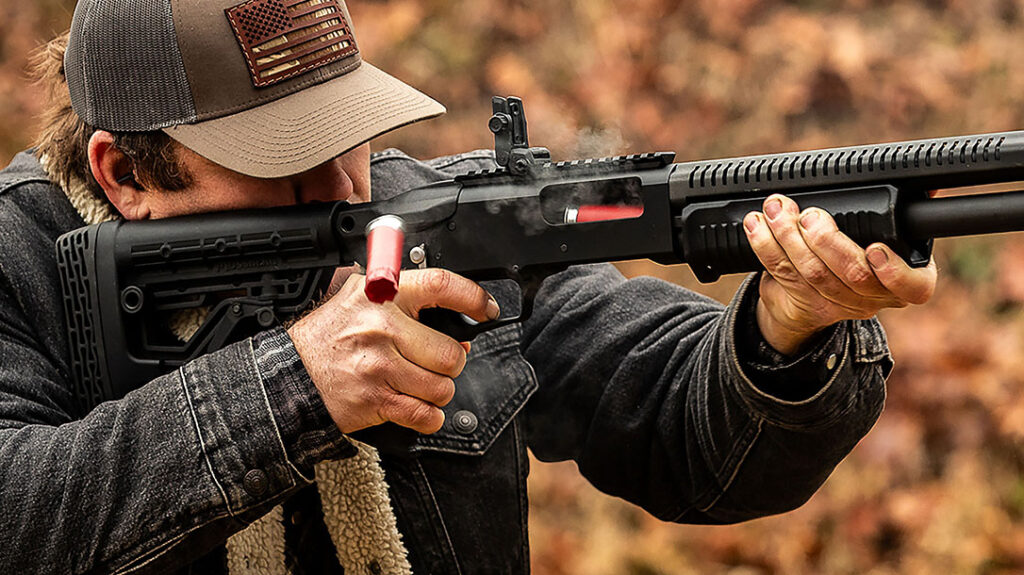While the gun world today is filled with interesting pieces with a spectrum of design features, some old guns stand out. One of the most unique and interesting guns of the past is the Remington XP-100. At a recent range session, a shooter next to me produced one out of his bag, and I was intrigued. The gun has an interesting story, and I thought you might like to hear it.

The Remington XP-100 – A Blast From the Past
The Remington XP-100 ( eXperimental Pistol number 100) is a bolt-action pistol produced by Remington Arms from 1963 to 1998. The XP-100 was one of the first handguns designed for long-range shooting and introduced the .221 Fireball and 6×45mm. The gun was noted for its accuracy and is still considered competitive today for varminting and silhouette shooting.
Advertisement — Continue Reading Below
The XP-100 was based on Remington’s short-action bolt-action carbine, the Remington Model 40X, which influenced the later Remington Model 600 rifle. The XP-100 was initially introduced with a 10 ¾ in barrel set into a nylon stock with an unusual center-mounted grip. Chambered in .222 Remington in early prototypes, the short barrel produced significant noise and muzzle flash. Subsequently, the case was shortened to reduce powder capacity to a volume more suited to the shorter barrel of a pistol. The resulting cartridge, the .221 Fireball, produced factory-loaded velocities of over 2,700 fps from the short barrel and accuracy rivaling that of the parent .222 Remington, one of the most accurate cartridges made.

Mostly Single Shot
All but the XP-100R model were single-shot designs, while the XP-100R had a small internal magazine, similar to most bolt-action rifles. The R model – for “repeater” – was made 1991–1997. They were chamber in .223 Rem., .250 Savage, 7mm-08 Rem., .308 Win., .35 Rem., and 350 Rem. Mag. It was reintroduced in 1998, this time without sights, in .223 Rem., .22-250 Rem., .260 Rem., and .35 Rem.
Advertisement — Continue Reading Below
The Remington XP-100
The XP-100 underwent several changes during its production run, and many variations were available only through the Remington Custom shop. The most significant changes in the later versions were the barrel length. It was increased to 14 ½ in, and the grip location, which was moved to the rear of the stock. Stocks with a rear grip use standard Remington 700 triggers, while stocks with a center grip need a special trigger. The calibers changed; with the elimination of the original 10 ¾ barrel. The reduced powder capacity was no longer such a requirement, and the chamberings switched to standard commercial rifle cartridges. By the time the XP-100 was canceled, it faced stiff competition from other bolt-action pistols, such as the Savage Striker, as well as the versatile Thompson Center Arms break-action Contender.
For more information, visit Remington.
Remington XP-100 Key Features
| Action: | Bolt-action |
| Type: | Single-shot (original) and later repeater |
| Purpose: | Long-range handgun hunting and target shooting |
| Construction: | Original models featured a distinctive Zytel nylon stock and a short 10.5-inch barrel. Later models had longer barrels, and some versions moved the grip to the rear of the stock to use standard triggers. |
| Calibers: | Initially, the unique .221 Fireball; it was later offered in a wide range of calibers, including 7mm BR, .35 Remington, .223 Remington, and 7mm-08. |
| Innovations: | It pioneered the concept of the high-power bolt-action pistol and is considered one of the most accurate long-range pistols ever made, influencing later designs like the Thompson/Center Contender and Savage Striker. |
| Safety: | A factory recall addressed a safety issue where the safety locked the bolt in place, making it impossible to unload with the safety engaged |
Advertisement — Continue Reading Below
WHY OUR ARTICLES/REVIEWS DO NOT HAVE AFFILIATE LINKS
Affiliate links create a financial incentive for writers to promote certain products, which can lead to biased recommendations. This blurs the line between genuine advice and marketing, reducing trust in the content.


